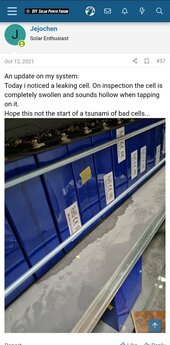They indeed have a place. Most people can afford the non contact Thermometer as they are just a few dollars. Plus the readout is simple temperature.Better yet is a thermal imaging camera, such as a flir, or many other brands out there.
That is required for initial setup but down the road maintenance you want something to give you a quick check.Even better would taking the system to 100% of it's rating and checking voltage drop across every single connection. No need to wait for heat to build up or risk false readings from shiny terminals that don't like their temperature took.




